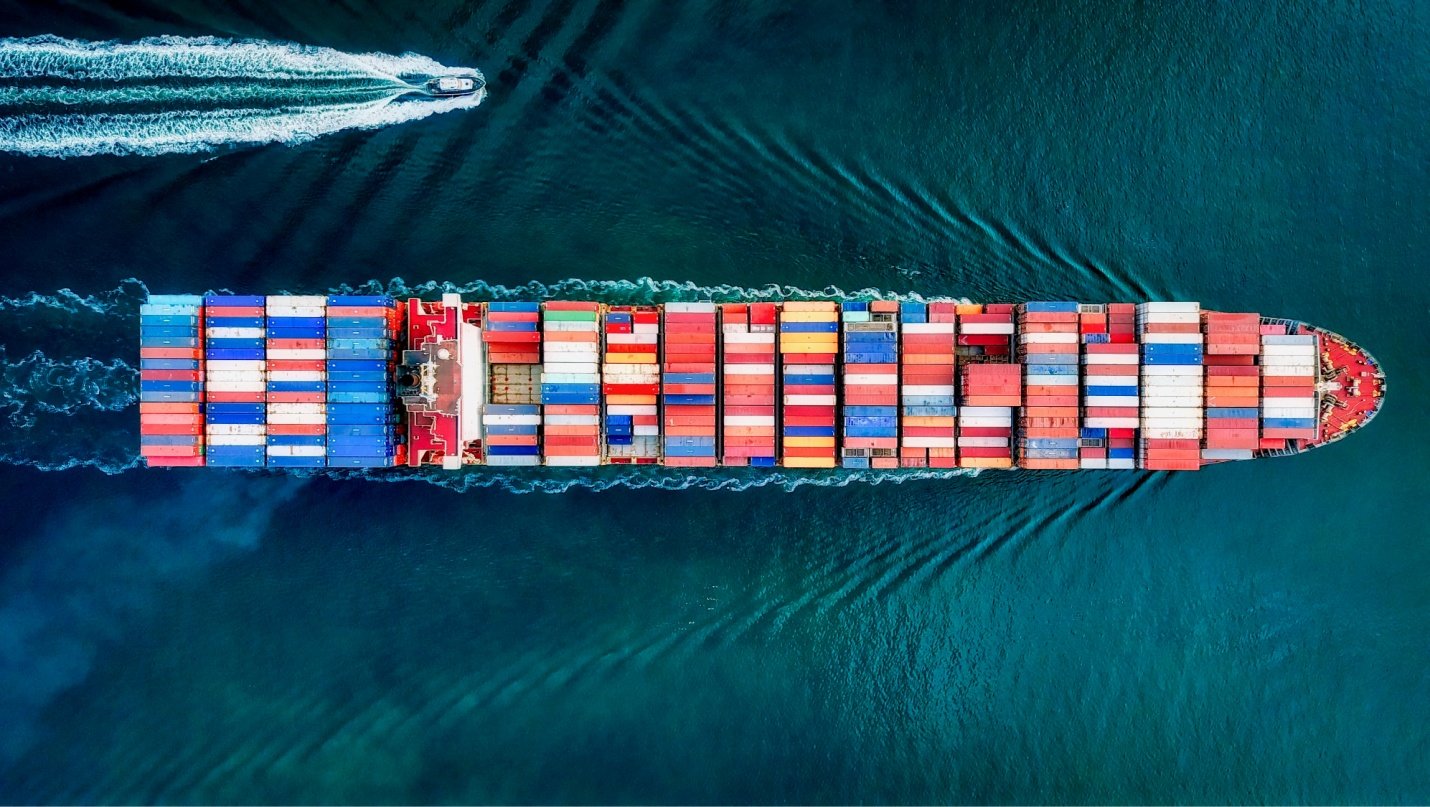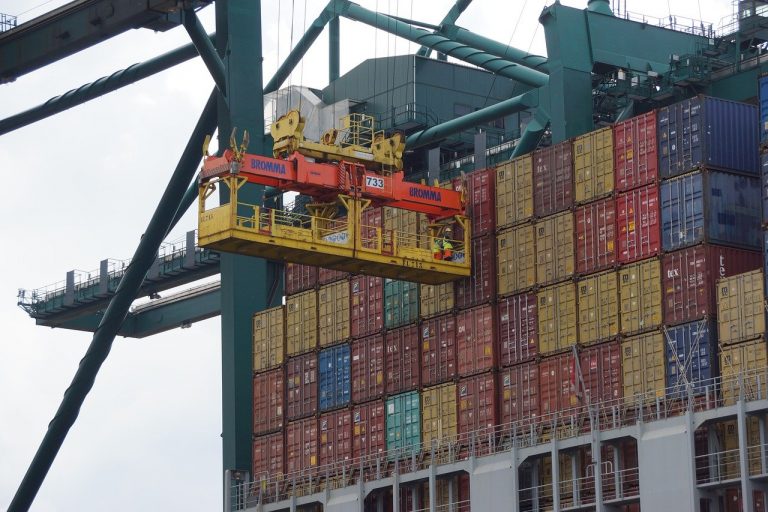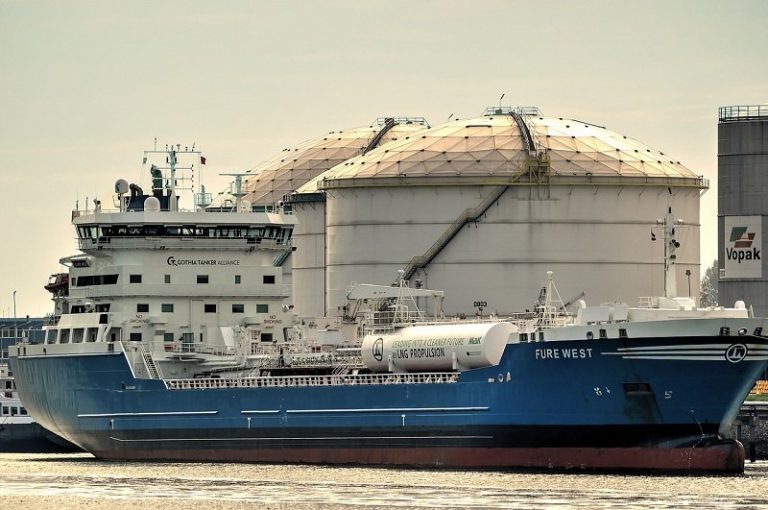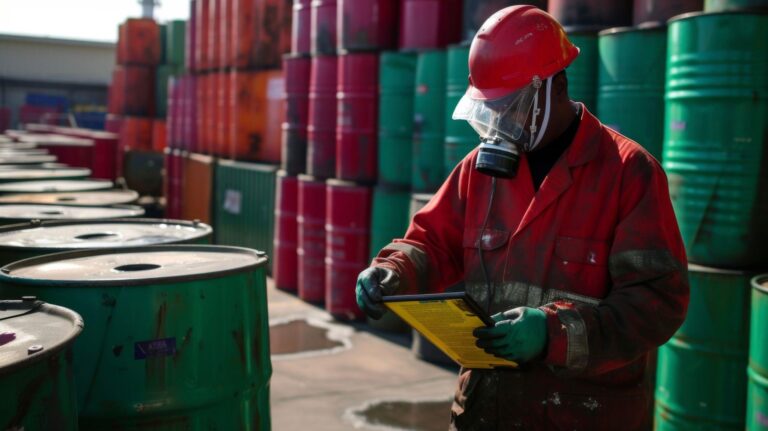Over the last few decades, technology has drastically changed the way business is done across nearly every industry. Advances in computing, wireless communications, and automated systems have made all sorts of daily tasks more efficient and cost-effective, from medical testing and inventory management to remote monitoring and drone delivery. Now, maritime transport companies are looking to expand operations and reduce risks with autonomous shipping.
What Is Autonomous Shipping?
As the “auto” part of “autonomous” suggests, autonomous shipping is the use of self-piloting vessels to perform shipping operations. Just like self-driving cars and other such intelligent technology, autonomous ships are capable of operating alongside other ships on normal shipping routes without 24/7 active steering. Autonomous ships aren’t strictly unmanned vessels; many of them will still require human hands for things like maintenance and loading/unloading.
Game-Changing New Developments and Technologies
While the concept of autonomous shipping is still extremely new, there have already been numerous designs for ships and management systems that have begun testing. The following are just some of the amazing innovations currently in progress.
- Falco (Rolls-Royce and Finferries): The world’s first fully autonomous car ferry, it was created for Finferries using a variety of Rolls-Royce Ship Intelligence technology. The ferry was able to successfully pilot itself between two points in a Finnish archipelago. It was then successfully piloted back via remote control.
- Rolls-Royce Autonomous Ship R&D Center: A facility in Finland dedicated to the research and development of autonomous shipping technologies and vessels, the center has its own “Remote and Autonomous Experience Space” on the water where they can freely demonstrate such technologies.
- Massterly (Wilhelmsen and KONGSBERG): This is the world’s first entirely autonomous shipping company. Two powerful companies combined their efforts to go beyond individual technologies and create the world’s first complete value chain for autonomous shipping. Massterly aims to cover everything from R&D and manufacturing to logistics and ship operations.
- DriX (Bibby HydroMap and iXblue): An autonomous unmanned survey vessel (AUSV), it has a highly specialized design that surveys everything from inshore areas to deep, offshore waters. DriX is meant to serve as a convenient extension of traditional surveying methods, as it requires fewer human resources to operate.
- The YARA BIRKELAND (Yara International ASA and Kongsberg Maritime): As the world’s first autonomous container ship model, the ship was commissioned for the purpose of transporting Yara International ASA’s fertilizer from the location of manufacture to the receiving ports. The ship is unmanned, battery powered, and even self-mooring (no human crew will be needed for berthing/unberthing).
- Project SeaShuttle (Samskip and Norway): This is a joint effort between the Norwegian government and Samskip to automate container ships that can move cargo between various ports using environmentally friendly, emissions-free technologies. Plans are already underway to develop two all-electric autonomous vessels that are propelled by hydrogen fuel cells.
Risks and Maritime Safety: Injuries, Environmental Concerns, etc.
While these autonomous technologies will certainly be beneficial, they’re not risk-free. Naturally, fewer human crew members will mean fewer individuals at risk of injury, and experts hope that the introduction of such vessels will take more workers out of harm’s way.
There are still concerns that any crew that does need to be aboard may still be susceptible to the typical workplace injuries (slips and falls, dropped cargo, malfunctions, etc.), and may encounter new, unforeseen dangers. Hopefully, continuing improvements over time will make autonomous vessels even safer, taking the risk of worker injury down even further.
Other potential risks could include environmental harm that occurs when autonomous ships are operating without any direct human monitoring. If there is an undetected leak that allows pollutants to spill into the water, it may cause serious harm to sea life before anyone notices there is a problem. If a crew were there in person, they might be able to notice a film or discoloration on the water much earlier.

Like any other major development, the introduction of autonomous shipping will also mean major regulatory adjustments. After all, brand new technology creates brand new issues that simply won’t fall under existing laws.
Before autonomous ships truly set sail, industry regulatory bodies like the International Maritime Organization (IMO) will need to review the technology to confirm that it is safe, effective, and environmentally sound. DNV GL has also released a new class guideline for operating remote and autonomous ships that aims to help build a culture of safety.
Protecting the Rights of Injured Maritime Workers
Under what is known as maritime (or admiralty) law, U.S. citizens working in harbors or aboard seafaring vessels are covered by a unique set of legal protections. Laws like the Jones Act (under the Merchant Marine Act) govern the rights of maritime workers who have been injured at work, including when employer negligence is involved. If a worker on an oil rig slips and falls due to poorly maintained work areas, for example, the applicable maritime laws will inform how the issue is to be handled.
One of the most important parts of the Jones Act is what is known as maintenance and cure. This aspect of the law means that injured maritime workers are entitled to a certain amount of money from their employers to cover treatment of their injuries, as well as maintain a fair income for typical monthly expenses. While other types of compensation might depend on whether or not your employer’s negligence led to your injury, maintenance and cure includes benefits that you are entitled to regardless of fault.
It’s not unusual for even those who have worked in the maritime industry for decades to have questions about how these laws work. Until you yourself are injured, you may have no real reason to understand the details of the Jones Act. For this reason, it’s important to seek the help of an attorney who has strong knowledge and experience in the field of maritime law. A seasoned Jones Act attorney will be able to answer your questions and explain your rights and obligations as a U.S. citizen and seaman.
Hurt at Sea? We’ll Fight for Your Rights as a Victim

No matter how the maritime industry changes over time, there will always be some workplace risk involved. When you’re injured in a harbor or at sea, the last thing you want is to have to worry about whether or not you’re getting the full benefits you deserve. At Maintenance and Cure, we’ll use our 50+ years of maritime legal experience to make sure your rights are protected and your compensation is fair.
Our world-renowned maritime lawyers have recovered hundreds of millions of dollars for clients with a wide variety of Jones Act claims. When you call on us for help, we’ll work with you to gather information and build a strong case to fight for what you are owed. We’ll also walk you carefully through every step of the process and take care of all the necessary paperwork so that you can reduce your stress and focus on healing.
Whether you’ve been injured on a fully manned or an autonomous shipping vessel, you are entitled to the same benefits under maritime admiralty law. Not sure if you have a case? Contact us online or call us today at (800) 836-5830 to talk with one of our experienced maritime accident lawyers in a free initial consultation.
Sources:







